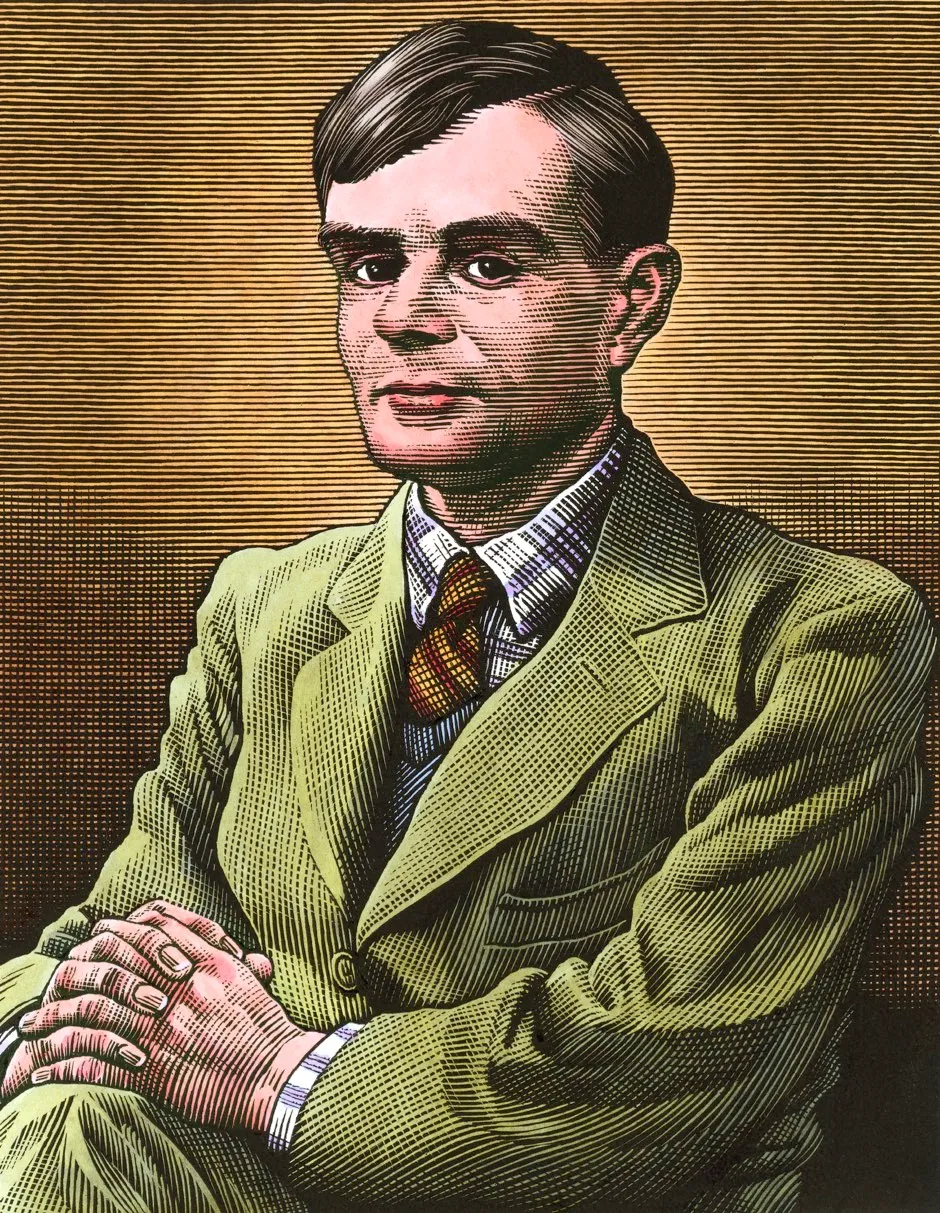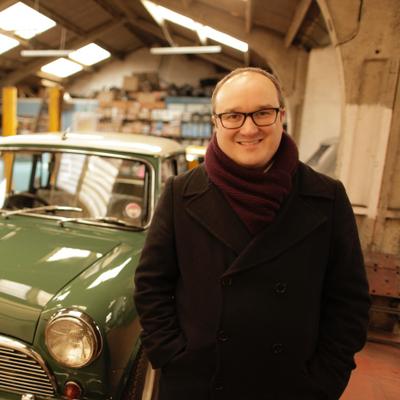I suppose I have always been influenced by Alan Turing. As I am his nephew most people will not find that a surprising statement, but when you realise that no members of the Turing family had any idea what he had done during World War 2 until the UK Government began the drip-by-drip release of documents about the secret work of Bletchley Park, it becomes a different story.
When I was a child there was little discussion at home about Alan Turing. He had been dead only a few years when I was born, and the circumstances of his conviction for ‘gross indecency’ and his suicide were still too painful for my father to talk about. What could be discussed was Alan’s great invention: the programmable computer.
Back in the 1960s, computers were amazing things. They still are, but in the 1960s they were likely to be the size of a removal truck and to carry out the most obscure and complex tasks. The sort of people who had and used computers were large businesses and government agencies. Computers had no relevance to ordinary people; programming and operating them was a highly specialist thing – computing was nothing short of rocket science. And that was what made the idea of inventing a computer quite such an impressive thing.
Read more about great scientists from history:
- Helen Gwynne-Vaughan: An extraordinary botanist whose problems of identity still confront female scientists today
- John Bardeen: the greatest physicist you (probably) never heard of
- 10 amazing women in science history you really should know about
But since so few people had any experience of a computer, the knowledge of Alan Turing’s contribution to computer science was limited to exactly that small group of specialists who had studied this rarefied field. But it certainly motivated me. I followed in his steps to Sherborne School, where, for reasons which at the time seemed bewildering, the Biology building was named after him. I didn’t know then that some of Alan Turing’s most fascinating work was his contribution to developmental biology: he spent the last five years of his life modelling the growth patterns of animals and plants, and he was able to explain things like the shapes of blotches that appear on Friesian cows and the arrangement of branches sprouting off a plant’s stem.

At the time, it seemed to me strange that the school’s computer room (actually a rather dingy place under the chapel stairs) should not have been named after him. At least the school had a computer, which was unusual for the late 1970s. (It was the size of a large desk; there was no screen, and the most important control was the ‘panic button’ which you pressed if your bad program sent the machine into an endless loop.)
After school, I followed Alan to King’s College, Cambridge. This again was a deliberate choice: if he had gone there then that was the target, the role to follow. And I suppose it was, partly, Alan’s legacy that I chose to study science subjects there, though subsequently, I realised that my skills probably lie elsewhere and I did not, in the end, make science my career.
By this stage the news that Alan Turing had been gay was out, and so were the first hints of what had been done at Bletchley. But still the name of Turing was hardly known, and there was a certain amount of good-natured teasing at King’s when fellows of the college asked me within earshot of other students whether I was related to ‘the great Turing’.

In the 35 or so years since I left university, all that has changed. His achievements are now recognised to have been world-leading in the areas of mathematics, logic, computation, cryptanalysis and – of course – developmental biology (well done Sherborne for having recognised that, decades ahead of almost everyone).
In part, the escalation in his reputation is due to the fascinating story of Bletchley Park. The news that Britain and her Allies had broken German and other codes, with a highly significant impact on the course of the war came as a complete shock to the communities on both sides, and World War 2 has never seemed the same since. Alan Turing was, for the first few years, at the heart of the operation, and the principal contribution he made, which was to design the automated search for the daily settings of the Enigma cipher machine, may have created the single largest source of useful decrypts.
But I don’t think this is the only reason why he is so well known, even though this achievement has spawned a vast number of books, plays, films, TV shows, musicals, and so forth. Bletchley Park was full of intellectual giants; something else caused Alan Turing to be singled out for fame.

Of course, I am referring to the Shakespearian plot-line of his personal life-story: how it was illegal for two men to have sexual relations in private in the 1950s, and how that led to his prosecution and ‘treatment’ for an alleged ‘condition’; and the final end when he took his own life. These facts have led to an official Government apology, a Royal Pardon, and in the end to a widening of the availability of a pardon for other gay men who suffered a like fate.
What this leads us to is a reappraisal of Alan Turing. He should not, I think, be defined by his sexuality or even by what happened to him in the last years of his life. Clearly he can stand as a role model in our more tolerant age.
But if he is to be celebrated, it should be for his triumphs, rather than his tragedy. Back in the 1940s, when Alan Turing was trying to explain what a multi-function programmable machine might be able to do, he was greeted with incredulity and accused of having an over-fertile imagination. I am writing this piece on a computer, which has an astonishing array of apps and programs which can do all manner of things; I hope that might have made him smile.
Remarkable Lives: Alan Turing by Dermot Turing is available now (£6, Pavilion)
